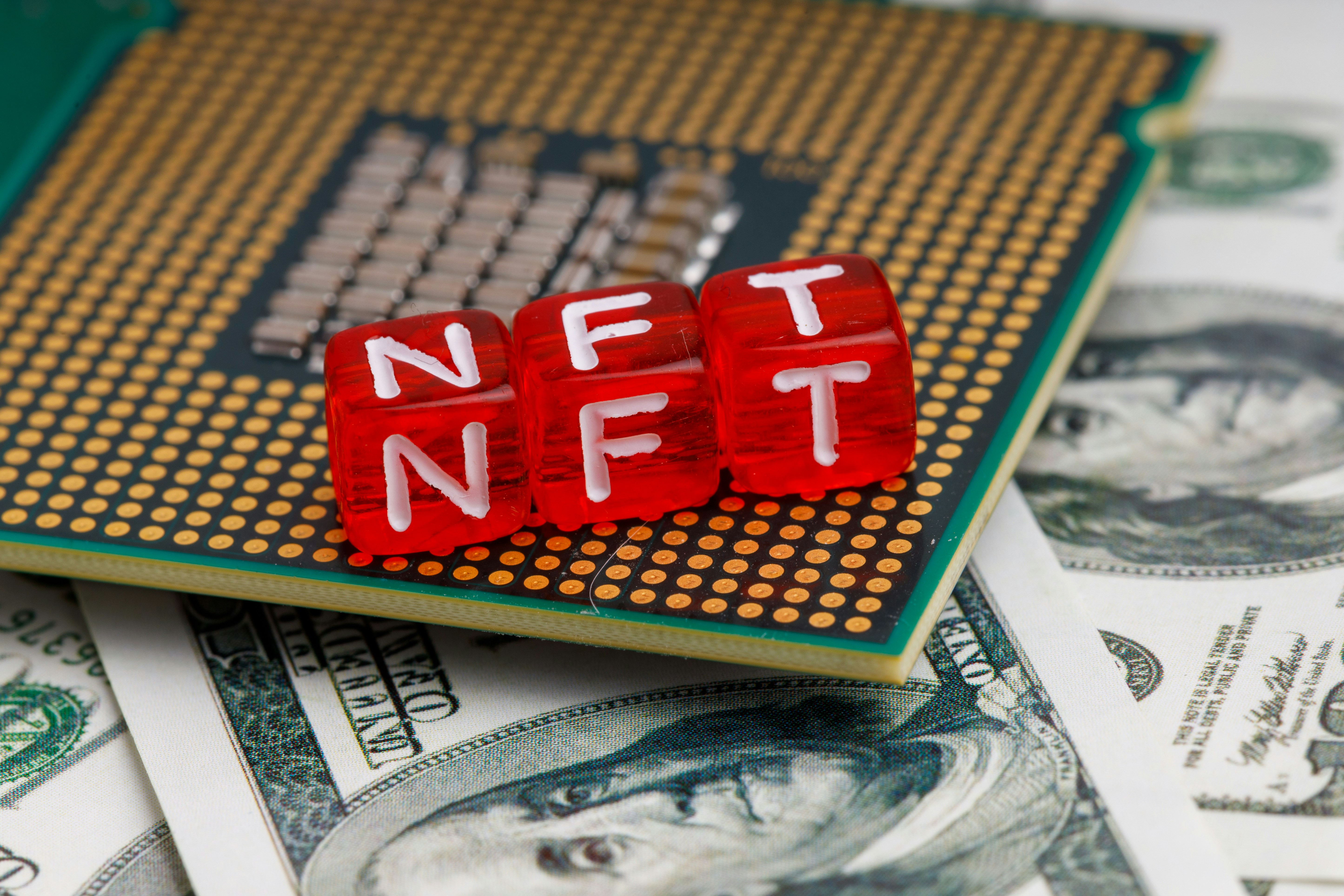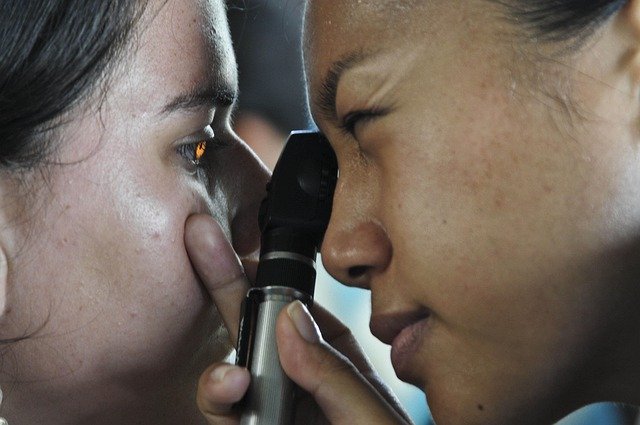The Underrated Brilliance of Puppetry in Contemporary Cinema
In a world where animation and CGI often take center stage, the art of puppetry, a time-honored tradition, continues to hold its own, especially in the realm of contemporary cinema. Despite being an ancient art form, puppetry has found a unique niche in modern filmmaking, serving as a tangible, tactile counterpoint to the ubiquitous digital effects.

Puppetry: A Brief Overview
Puppetry, in its simplest form, is an age-old performance art that involves the manipulation of objects - often resembling humans or animals - to tell a story. It dates back to ancient civilizations, including Egypt, Greece, and China. Over the centuries, this art form has evolved, adapting to changing cultures and technologies. In the late 19th and early 20th centuries, puppetry began to gain a foothold in film, a medium that was in its infancy at that time.
Puppetry in Modern Cinema
In contemporary cinema, puppetry has found a surprising resurgence. Filmmakers like Tim Burton, Wes Anderson, and Jim Henson have used puppetry to great effect in their films, creating a rich and vibrant world that is both visually stunning and emotionally engaging. These filmmakers have demonstrated that puppetry is not merely a quaint relic of the past, but a dynamic and versatile medium that can captivate modern audiences.
Significance and Impact of Puppetry in Film
While animation and CGI can create virtually anything that the mind can conceive, puppetry offers a distinct advantage: tangibility. Puppets are physical objects that exist in the real world. They have weight, texture, and dimension, which can lend a sense of realism and immediacy to a film. This can create a more immersive viewing experience, as the audience can see and feel the puppets’ movements and expressions.
Moreover, puppetry can serve as a powerful storytelling tool. Puppets, being inanimate objects, rely entirely on the skill of the puppeteer to convey emotion and character. This can result in performances that are deeply expressive and nuanced, adding depth and complexity to the narrative.
Current Trends and Developments
Today, puppetry in cinema is experiencing a renaissance. Filmmakers are increasingly recognizing the unique qualities that puppetry can bring to the screen. This has led to a wave of innovative films that push the boundaries of puppetry, combining it with other mediums and technologies to create new forms of cinematic expression.
For instance, some filmmakers are merging puppetry with CGI to create hybrid forms of animation. This approach allows filmmakers to capitalize on the strengths of both mediums, resulting in films that are visually stunning and emotionally engaging.
The Future of Puppetry in Cinema
While it may seem like an antiquated art form, puppetry has proven its enduring relevance in the world of contemporary cinema. Its unique blend of tangibility, expressiveness, and versatility make it a powerful medium for storytelling. As filmmakers continue to explore and experiment with puppetry, it will undoubtedly continue to evolve and adapt, offering audiences new and exciting cinematic experiences.




